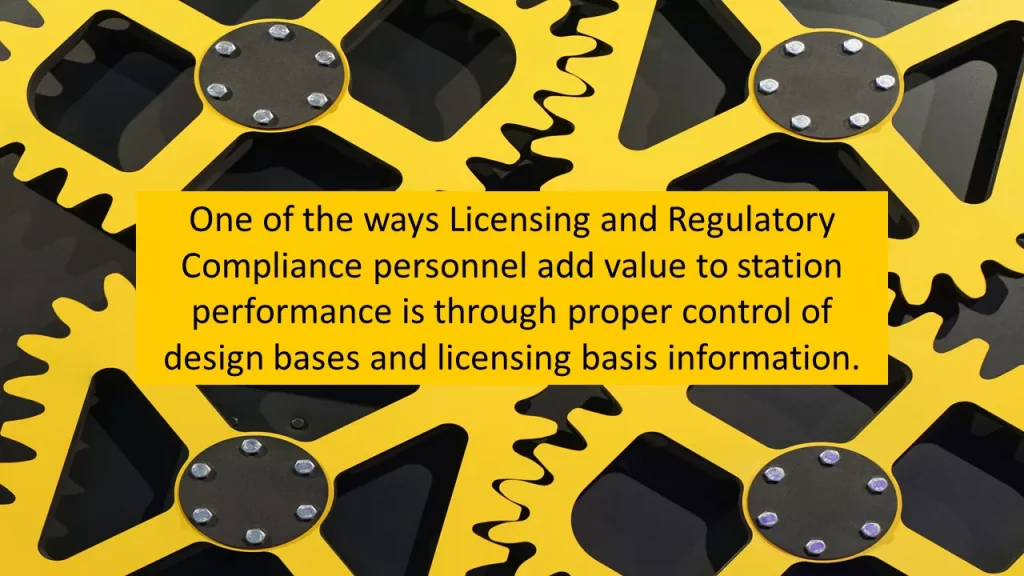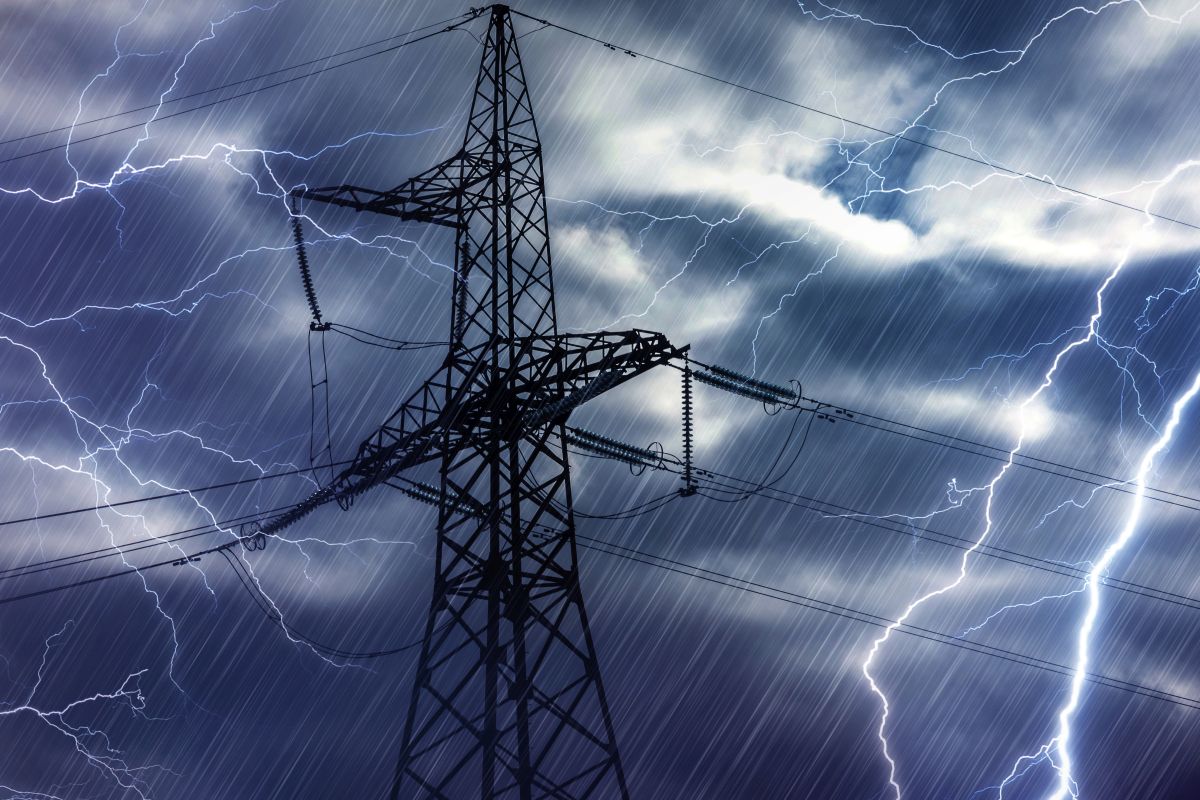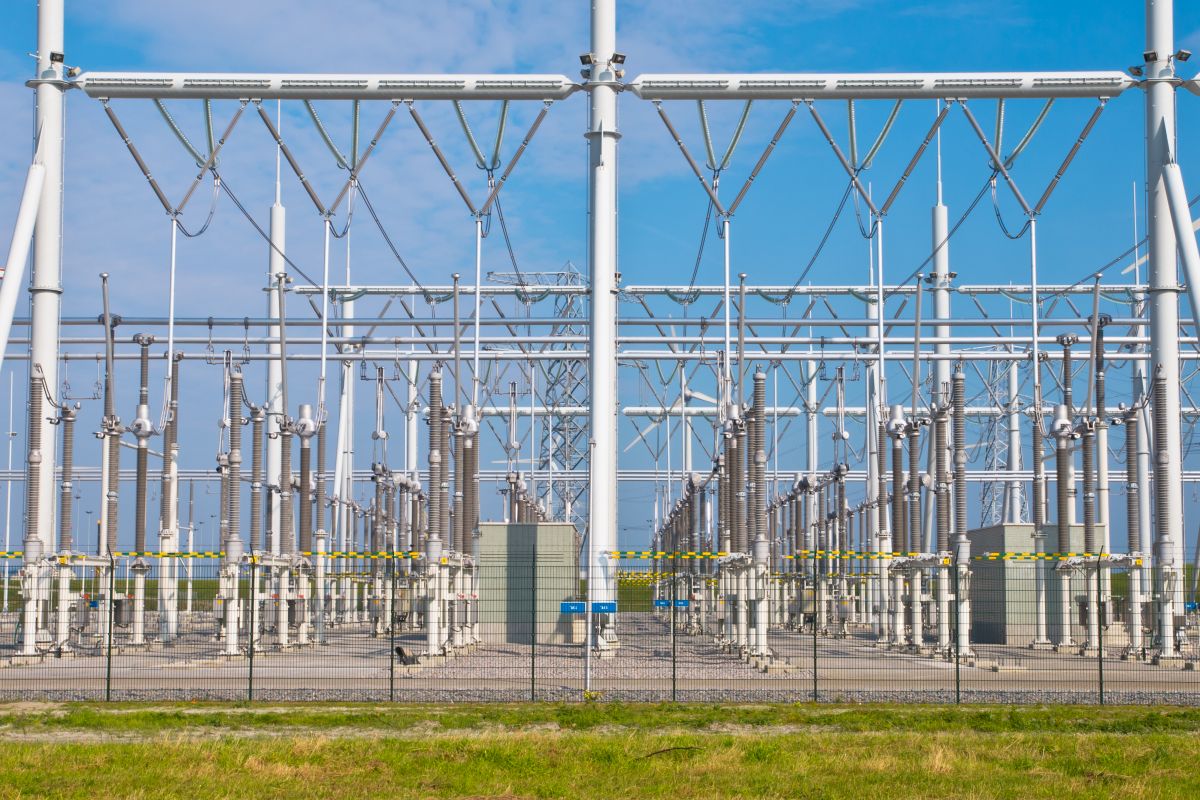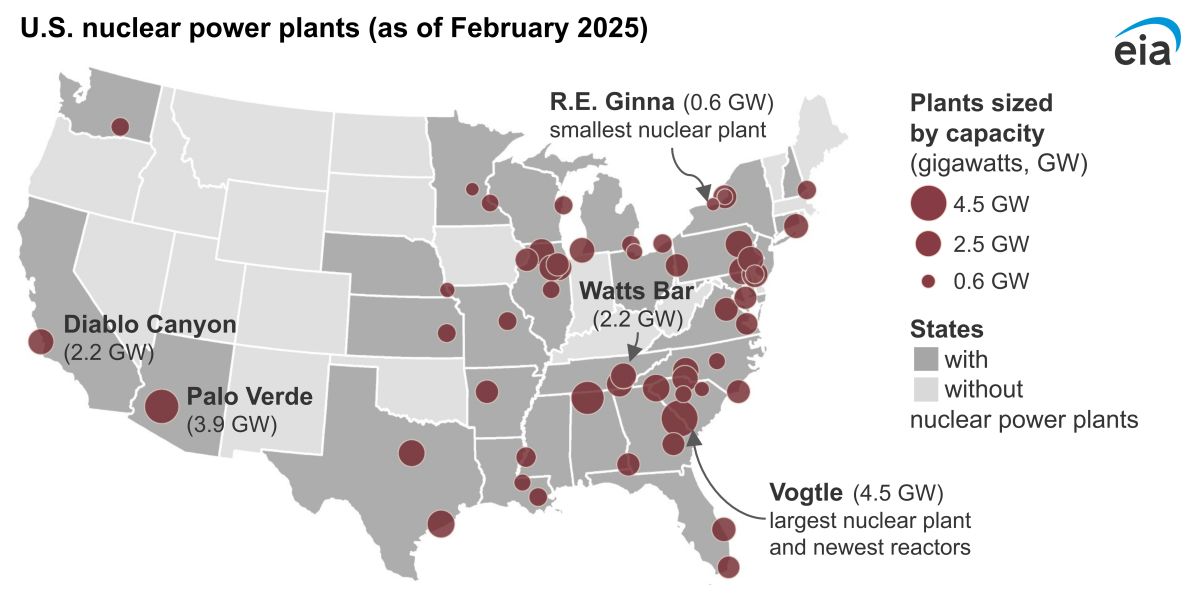UFSAR Licensing and Regulatory Compliance professionals need to have a thorough understanding of what information comprises the design bases and licensing basis for their plants. They also must understand the relationship of a plant’s design bases to the information that constitutes its current licensing basis. Current licensing basis is defined in 10 CFR 54 for license renewal.
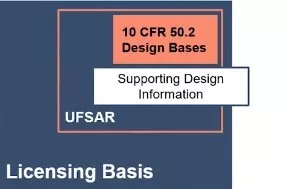
Defining the pieces
The design bases are defined in 10 CFR 50.2. Supporting design information underlies the 10 CFR 50.2 design bases, including other design inputs (e.g., formal calculations), design analyses, and design output documents.
Together, all the 10 CFR 50.2 design bases and the supporting design information comprise the comprehensive set of design information developed for a nuclear power plant. They may be contained in the Updated Final Safety Analysis Report (UFSAR) or in other documents either docketed with NRC or retained by the licensee.
The design bases, supporting design information, and the UFSAR are contained within the licensing basis.
The UFSAR specifically
The UFSAR is a licensing basis document that must be maintained throughout the life of the nuclear power plant and updated accurately at intervals.
Depending on a plant’s outage schedule, revisions are filed annually or within six months after each refueling outage provided the interval between updates does not exceed 24 months. Multi-unit plants typically receive an exemption to update their combined FSAR based on one unit’s outage dates, or 24-months.
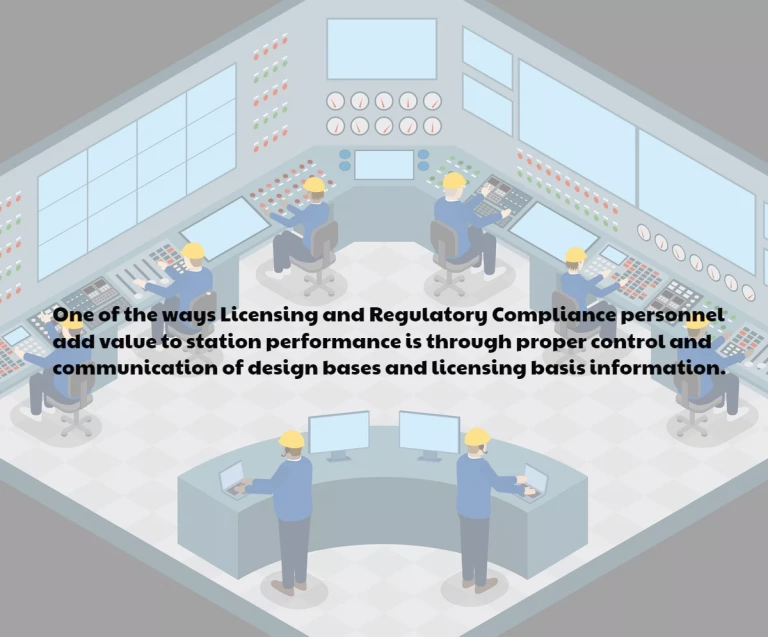
Throughout the cycle, operations, licensing, and compliance staff evaluate regulatory requirements and plant changes, and they make changes to the FSAR as needed. At the end of the cycle, a new revision is submitted to the Nuclear Regulatory Commission. A new cycle starts, and additional changes are made to the FSAR as required.
Disclaimer: Any opinions expressed in the blog do not necessarily reflect the opinions of Certrec. The content of this blog is meant for informational purposes only.


